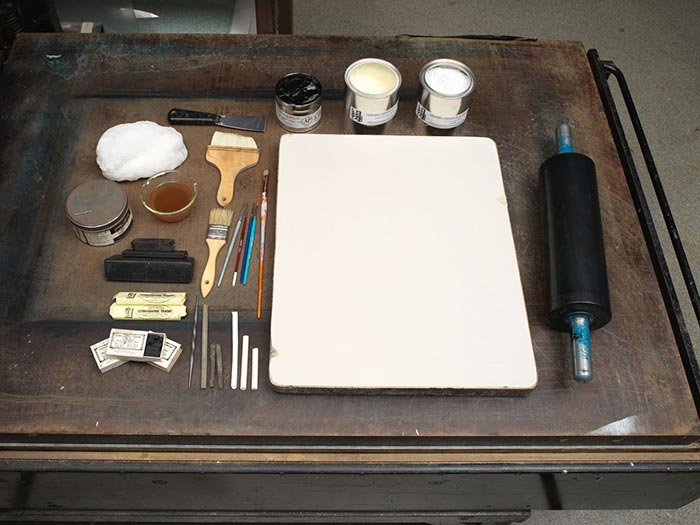Our Victorious Fleets in Cuban Waters
Publisher Currier & Ives American
Not on view
Ship pictures were popular in nineteenth-century America. Nathaniel Currier, the founder of the successful printing firm Currier & Ives, made dozens of prints of clipper ships, river steamboats, and battleships in the 1850s and 1860s. In the 1880s, the United States Navy was small compared to European navies, so the American government authorized building modernized vessels to protect the country's expanding global interests. This print depicts seventeen battleships sailing at full speed through the waves to celebrate United States naval power and victories during the Spanish-American War. Among the featured ships are the Iowa, the largest battleship in the American fleet, and the cruiser New Orleans, regarded the most modern warship for its day. War against Spain, a once-formidable naval power that had ruled the seas for centuries, was declared on April 25, 1898, after the American battleship USS Maine sank in Havana Harbor during the Cuban revolt against Spain. Following several decisive naval battles, the war ended with the signing of the Treaty of Paris on December 10, 1898, resulting in Spain's loss of control over Cuba, Puerto Rico, the Philippine Islands and Guam. As this print attests, America was proud that its Navy henceforth ranked among world powers.
Nathaniel Currier, whose New York-based lithography establishment began in 1835, produced thousands of hand-colored prints in various sizes that together create a vivid panorama of mid-to-late nineteenth century American life and its history. As the firm expanded, Nathaniel included his younger brother Charles in the business. In 1857, James Merritt Ives (the firm's accountant since 1852 and Charles's brother-in-law) was made a partner; the business was subsequently renamed Currier & Ives. During the American Civil War (1860-65), they produced many lithographs showing various military camp scenes and battles. Over the decades, people eagerly acquired lithographs featuring picturesque scenery, rural and city views, ships, railroads, portraits, hunting and fishing scenes, domestic life and numerous other subjects, as an inexpensive way to decorate their homes or business establishments. This print was created in the final decade of Currier & Ives, which operated until 1907.

